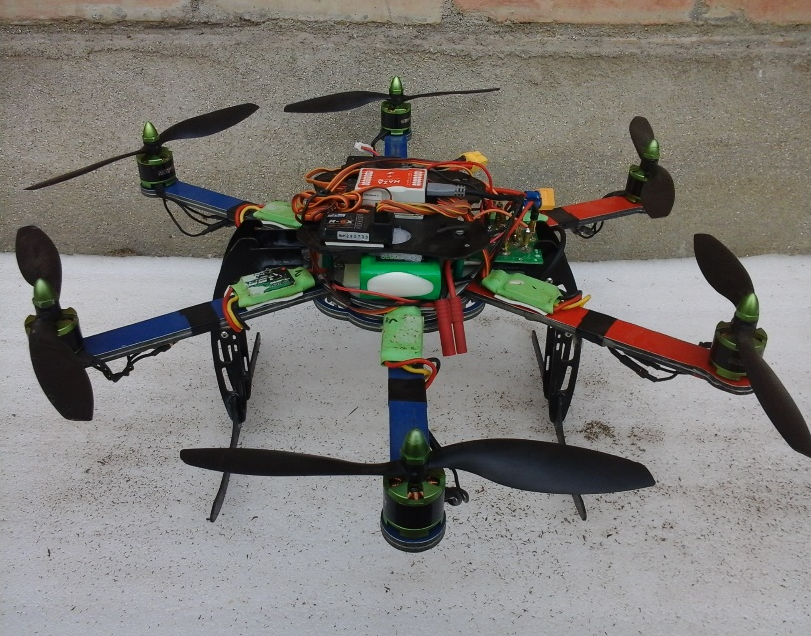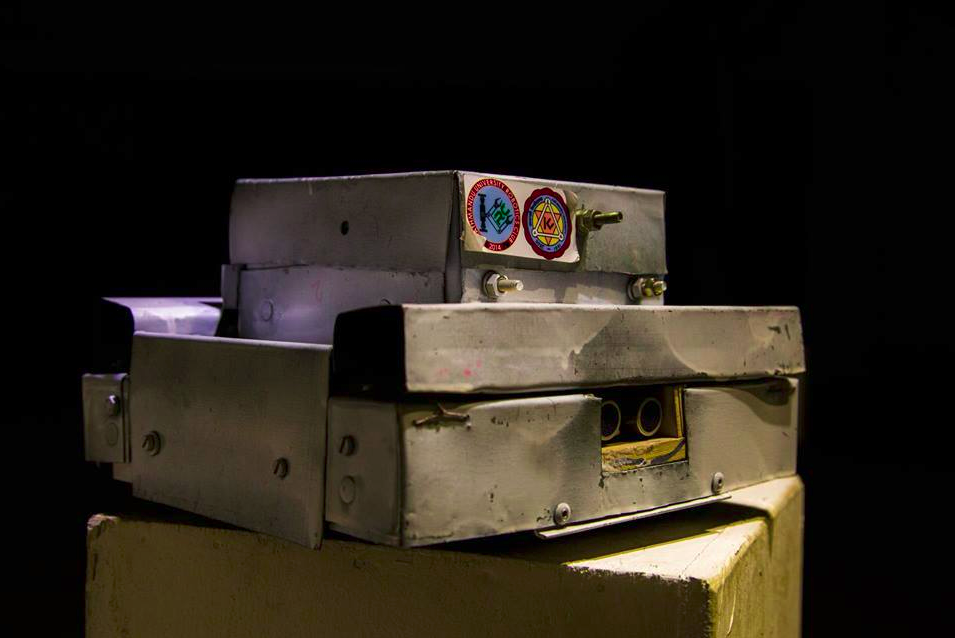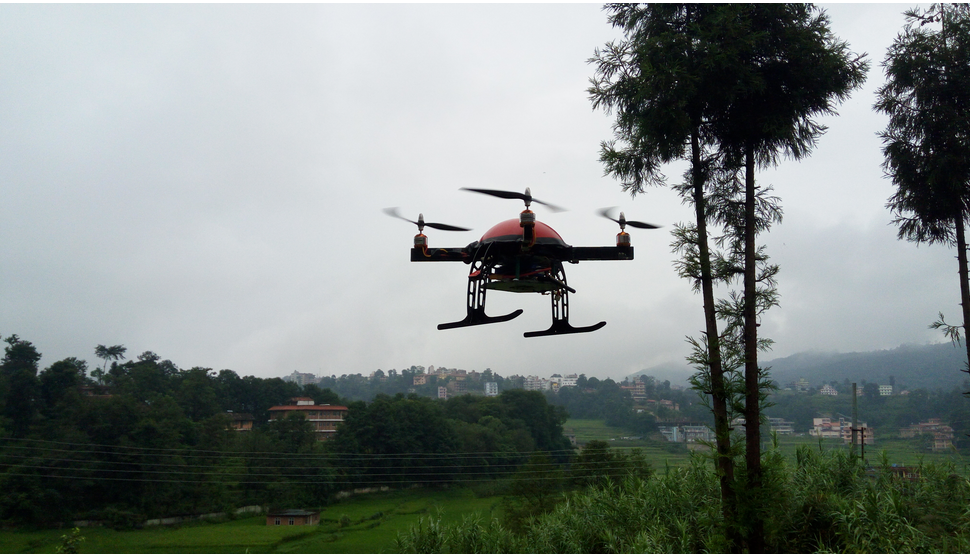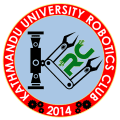Our Projects
- All Post
- project

KU Rover: A Multirobo Hexacopter KUHOVER is an aerial unmanned vehicle also known as KU-Copter in Kathmandu University. It is a multi-rotor hexa-copter, remotely controlled UAV. The approximate weight of the finished model is about 1.4 kilogram. KUHOVER uses six 1000KV motors and a 5200mAh battery to power the system....

HUSKY : An Automatic Fighting ROBOT An automatic fighting robot (also known as Sumo bot) is a bot that fights (destructive or non-destructive) and damages or push the opponent bot out of the arena. The bot that fought in our side was named “HUSKY” and it was a non-destructive sumo...

KU Medicine Copter It is a medicine delivery UAV which delivers medicine from one place to another. It has a payload of 0.5 kg. The major components used are The body is made of Aluminium and the stand is made of carbon fiber. Team Members
Recent Projects
- All Post
- project



Technologies
- arduino (2)
- Arduino Uno (2)
- ATmega328 (1)
- Bluetooth Module (1)
- Brushless DC Motor (1)
- carbon fiber (1)
- DC Geared Motor (3)
- GPS Sensor (1)
- L293D motor driver (2)
- Li-Po (3)
- PET (1)
- Photodiode Module (3)
- PixHwak Flight Controller (1)
- Propeller (1)
- RC Controller (1)
- servo (3)
- Telemetry (1)
- ultrasonic (2)
- Ultrasonic Sensor (2)
